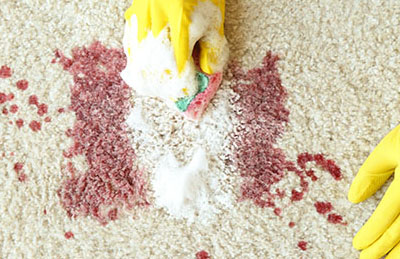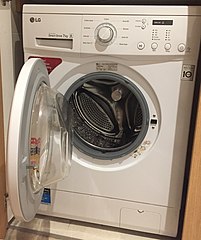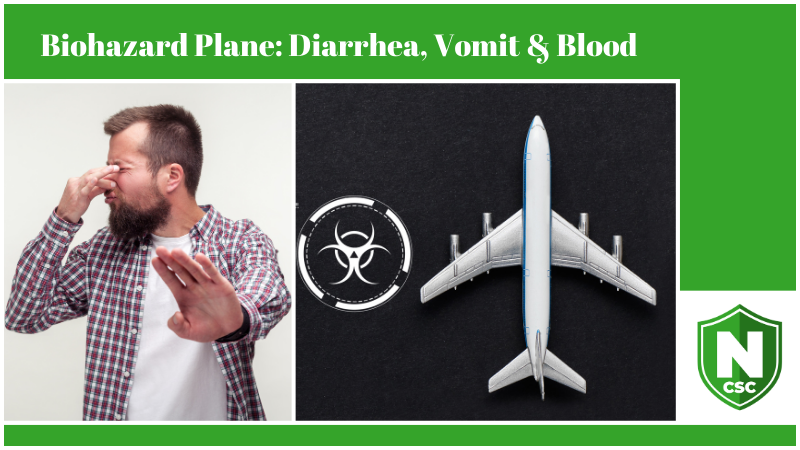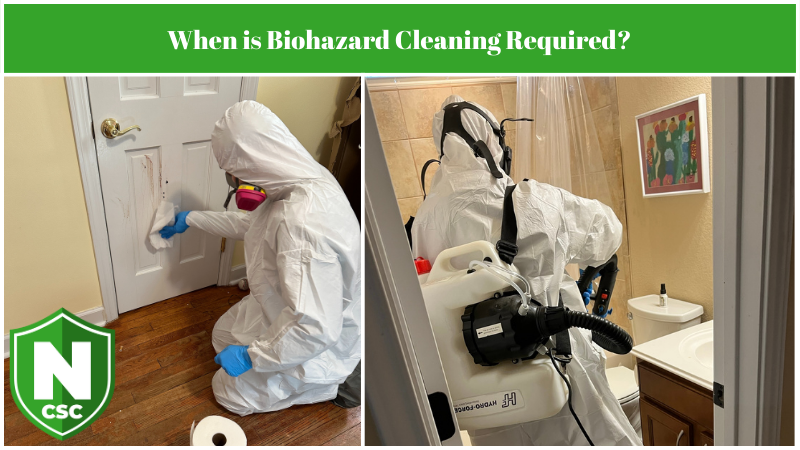How to Get Blood Stains Out Of Clothes: A Step By Step Guide

Trying to clean blood stains from clothes can be a little overwhelming. Different clothes and fabrics require different stain removal techniques. For instance, you need a gentler approach when cleaning dried blood from a delicate fabric.
Don’t Clean Large Blood Stains on Your Own
While you may be able to handle safe cleaning of small blood stains from bruises, small cuts, nosebleeds, PMS, and wounds, cleaning larger amounts of blood should be done by professionals. Blood can carry and attract deadly pathogens, which means its wiser to let experienced blood clean-up companies like us to contain larger stains. After all, we are certified and trained to clean crime scenes for a reason.
Why Is Blood So Hard to Clean Up?
Blood is difficult to remove from clothes because of how it binds to the fabric when exposed to oxygen. The hemoglobin in the blood makes it clot when exposed to air. This clotting ability is good as it helps prevent excessive blood loss and heal wounds quickly. But unfortunately, clotting also binds blood to any surface it’s spilled, making it hard to remove from clothes.
How to Clean Bloodstains from Clothes
Cleaning a fresh bloodstain is easier than a dried one. However, in most cases, the blood will set before you even realize there is a stain. Keep in mind, cleaning blood stains take time, physical effort, and the right supplies.
If you’re wondering how to clean small blood stains from your clothes, usually on jeans or underwear, we’ve put together a simple step-by-step guide to get you started.

Wet the blood stain, but do not oversaturate.
1. Wet the Blood Stain with Cold Water
For small dots of bloodstains, wet the stain with cold water. Be careful not to spread the stain by using too much water. Dab the stained fabric with the wet cloth, then blot with a dry cloth repeatedly in order to get rid of the blood as much as possible. Do not scrub: it could push the stains deeper into the fibers.
2. Soak for one Hour
After sponging the stained spot, use a mild detergent to soak the cloth. Soak for an hour if the stain is a small one. However, for more embedded stains, one might have to soak the fabric for up to six hours. Cold water is used instead of hot water because hot water encourages stain setting. Rub the stain with a bar of soap and lather gently.
If you’re cleaning blood stains from, say, jeans or underwear, soaking helps break up the stain making it easier to remove.
3. Wash the clothes
Sometimes soaking a blood-stained cloth and machine-washing it is enough to remove a dried bloodstain. However, this will not always be the case, and sometimes the stain may still remain on the fabric. Therefore, you’re advised to wash the cloth normally by hand. This way, you’ll be able to take note if the stain has completely come off or not.

Dry cleaning blood stains sometimes work to remove them.
4. Turn the Cloth Inside Out
This allows the water and cleaning solution to attack the stain from the back, loosening the blood and pushing it off the fabric.
5. Be Patient and Persistent
A bloodstain may not come off with the first try. If soap and water do not remove the stain, you can move on to an enzymatic cleaner. Enzyme cleaners are non-toxic and biodegradable, thus safe to use in your home.
6. Air Dry the Fabric
After washing, it’s recommended that you air dry the cloth instead of drying it in a dryer. This is because if a stain still remains, heat can set the stain.
It’s also important to note that depending on the cut or wound and how blood came out, the stains could be on more than just the clothing. Be sure to carefully check and clean any areas that may have come in contact with the blood.
In case of a large blood spill, it’s always best to let experienced professionals handle the cleaning. Reach out to us at Crime Scene Clean Up if you need help.




